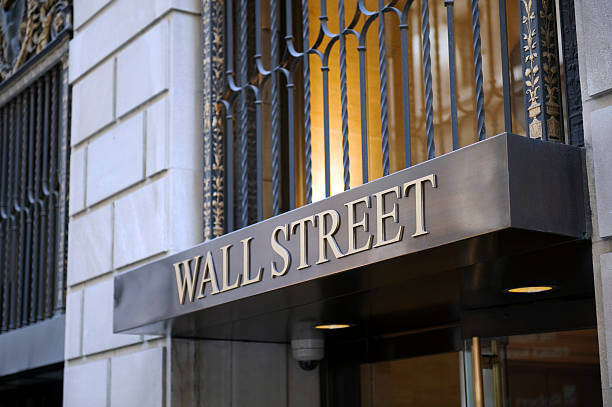Fed leadership downplays job concerns as Trump eyes control

U.S. President Trump told the Federal Reserve board on Friday to remove Chair Jerome Powell if he keeps refusing to lower interest rates.
He made the statement directly on Truth Social, calling Powell “a stubborn MORON” and saying the board “should assume control” and “do what everyone knows has to be done.”
This came two days after the central bank voted 9-2 to keep rates unchanged, and that 2 is what Trump grabbed onto.
The unusually split vote rattled the idea of unity inside the Fed. It was the first time in more than 30 years that two governors publicly dissented from the majority decision. Trump immediately pointed to it as validation, writing, “STRONG DISSENTS ON FED BOARD. IT WILL ONLY GET STRONGER! ‘TOO LATE!’”
His anger followed Powell’s post-meeting tone, which signaled no rush to cut rates even as markets and some Fed members expected action by September.
Fed governors break ranks over job data, inflation fears
Fed Vice Chair for Supervision Michelle Bowman and Governor Christopher Waller were the two who voted against holding rates steady. On Friday, just before new hiring numbers came out, both explained their positions. Michelle said she supported a cut because of early signs that job growth was cooling off.
She warned that “economic growth is slowing” and called it “appropriate to begin gradually moving our moderately restrictive policy stance toward a neutral setting.” According to her, acting early would’ve “hedged against a further weakening in the economy and the risk of damage to the labor market.”
Christopher echoed her concerns but emphasized the Fed shouldn’t wait for job losses to pile up before acting. “With underlying inflation near target and the upside risks to inflation limited, we should not wait until the labor market deteriorates before we cut the policy rate,” he said.
He described the labor market as “nearing stall speed” and called the Fed’s wait-and-see approach “overly cautious.” He warned that hesitation could make the central bank “fall behind the curve.”
That same day, the Labor Department dropped fresh July data that helped their case. Nonfarm payrolls rose by just 73,000 jobs, far less than expected. Job growth in May and June was also revised sharply downward.
The unemployment rate ticked up to 4.2%, showing weakness that matched Bowman and Christopher’s warnings. Markets responded fast. U.S. stock indexes fell, and Treasury yields jumped, as traders began to price in rate cuts starting next month.
Fed leadership downplays job concerns as Trump eyes control
Despite that weak report, not everyone at the Fed is ready to change course. Cleveland Fed President Beth Hammack defended the decision to hold rates steady.
Speaking to Bloomberg, she admitted the jobs number was “disappointing,” but said, “I feel confident with the decision that we made earlier this week.” She added, “When I step back and look at where we are, I see a labor market that is largely in balance.”
That view puts Beth at odds with Michelle and Christopher. But it also sets the stage for what Trump wants: more division. Ahead of the vote, Christopher had already warned that tariffs weren’t going to drive inflation long-term and pushed hard for cuts. Michelle doubted tariffs would create any lasting inflation either.
Meanwhile, the Trump administration moved forward with more tariffs on several major trading partners. The announcement caused global markets to drop. Investors shrugged off the inflation risk, focusing instead on the economic slowdown.
Kathy Bostjancic, chief economist at Nationwide, said, “The inflation impact from tariffs in our view will be a one-time adjustment that over time will fade.” She predicted rate cuts starting in September, totaling 75 basis points by year-end.
Want your project in front of crypto’s top minds? Feature it in our next industry report, where data meets impact.





